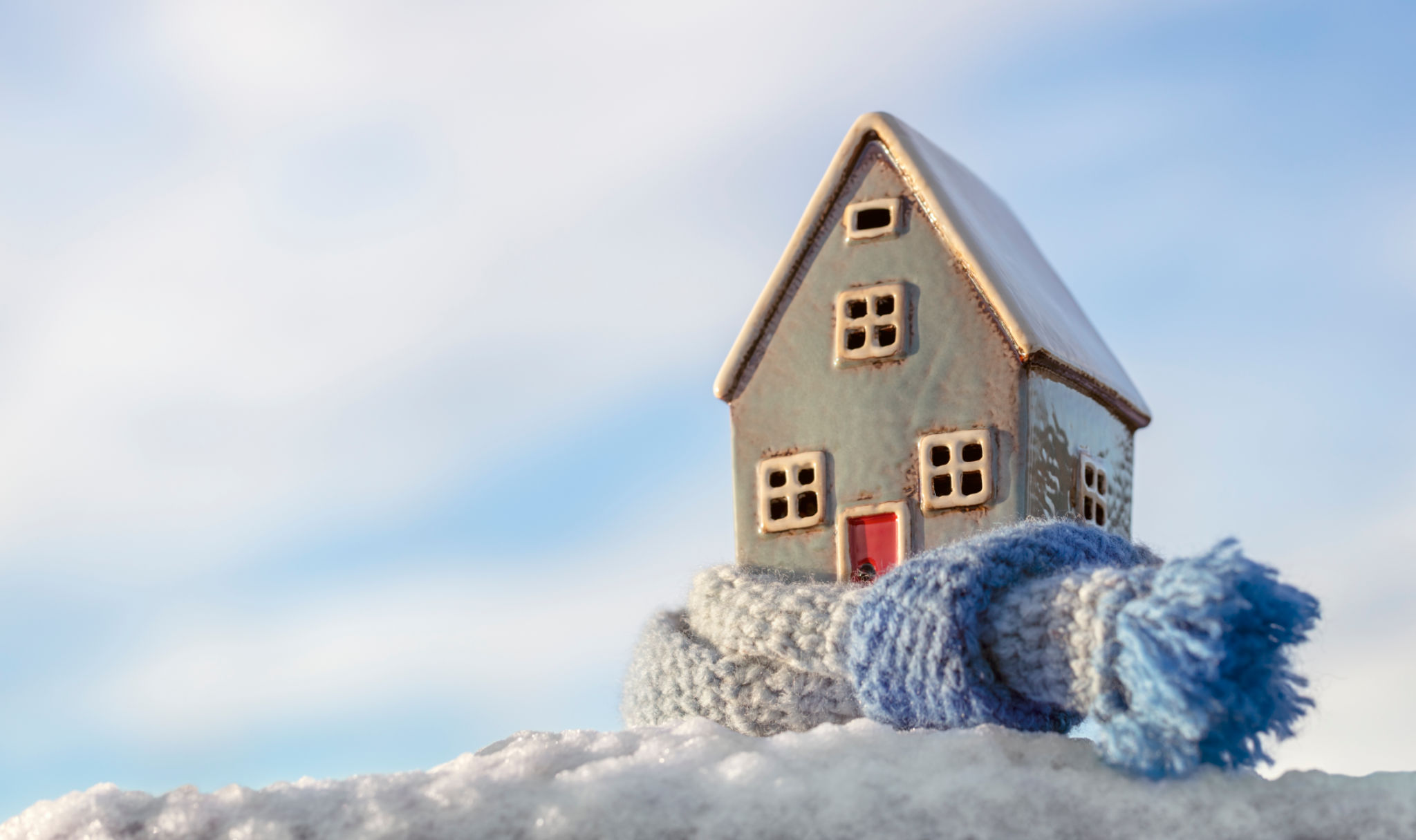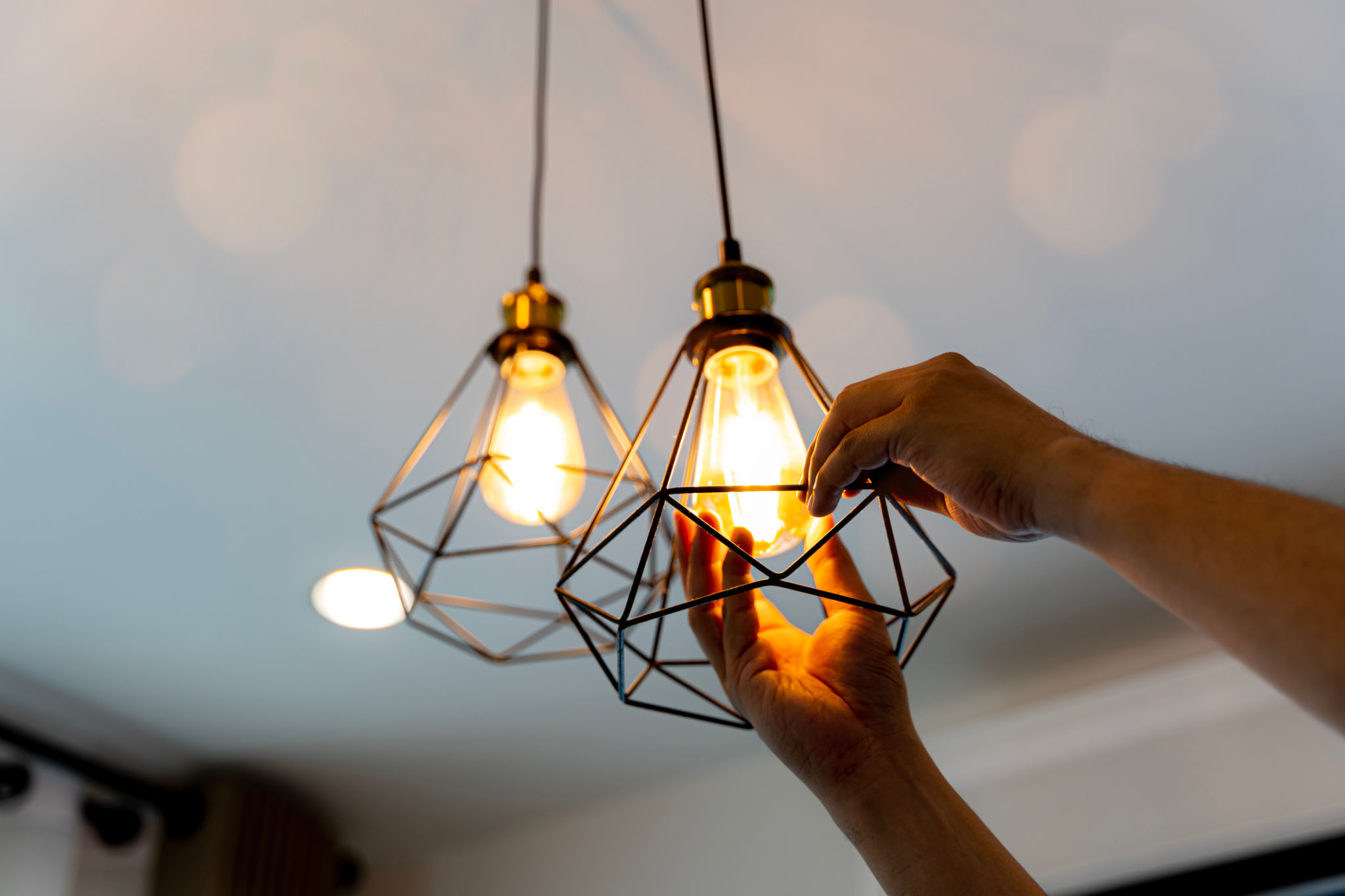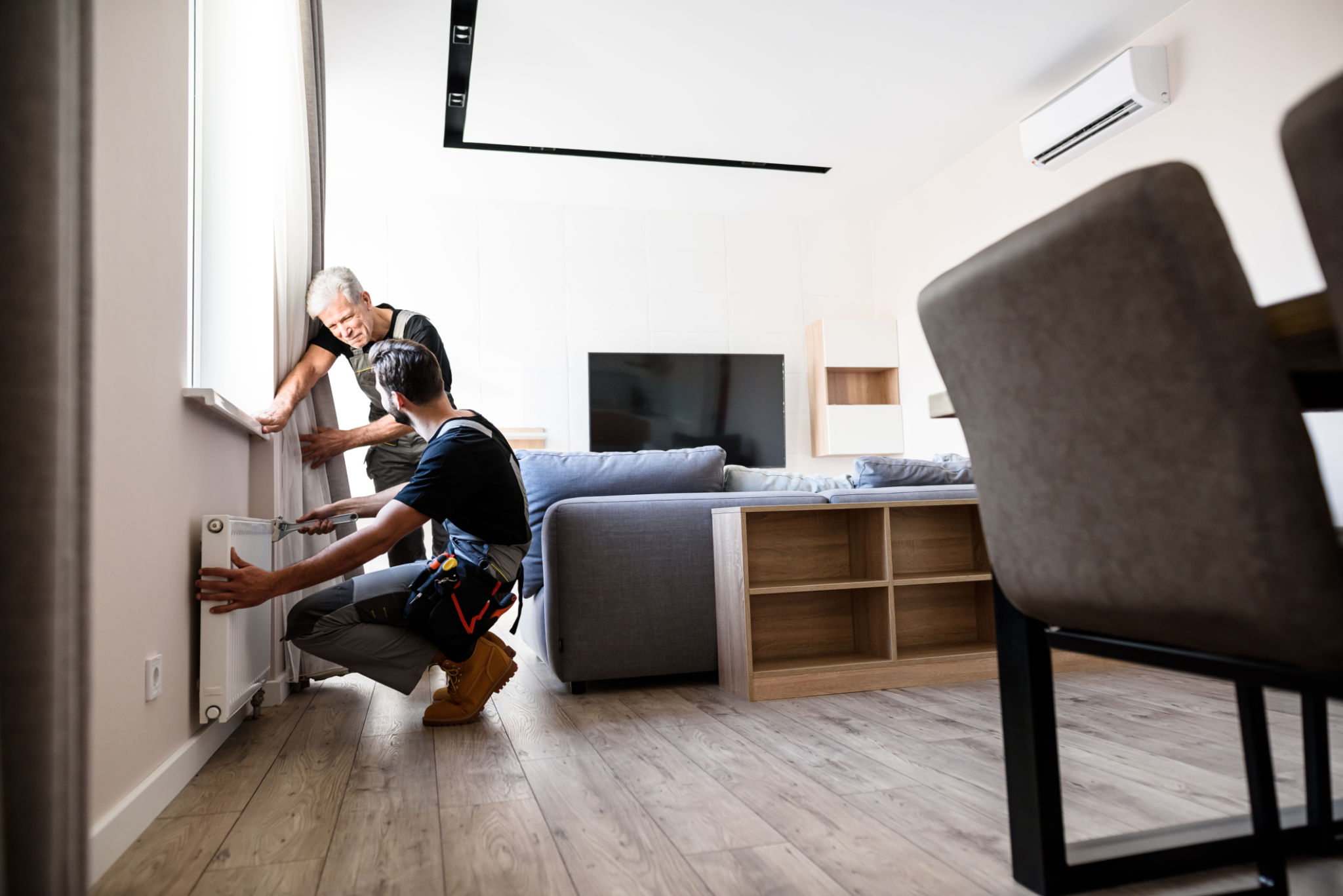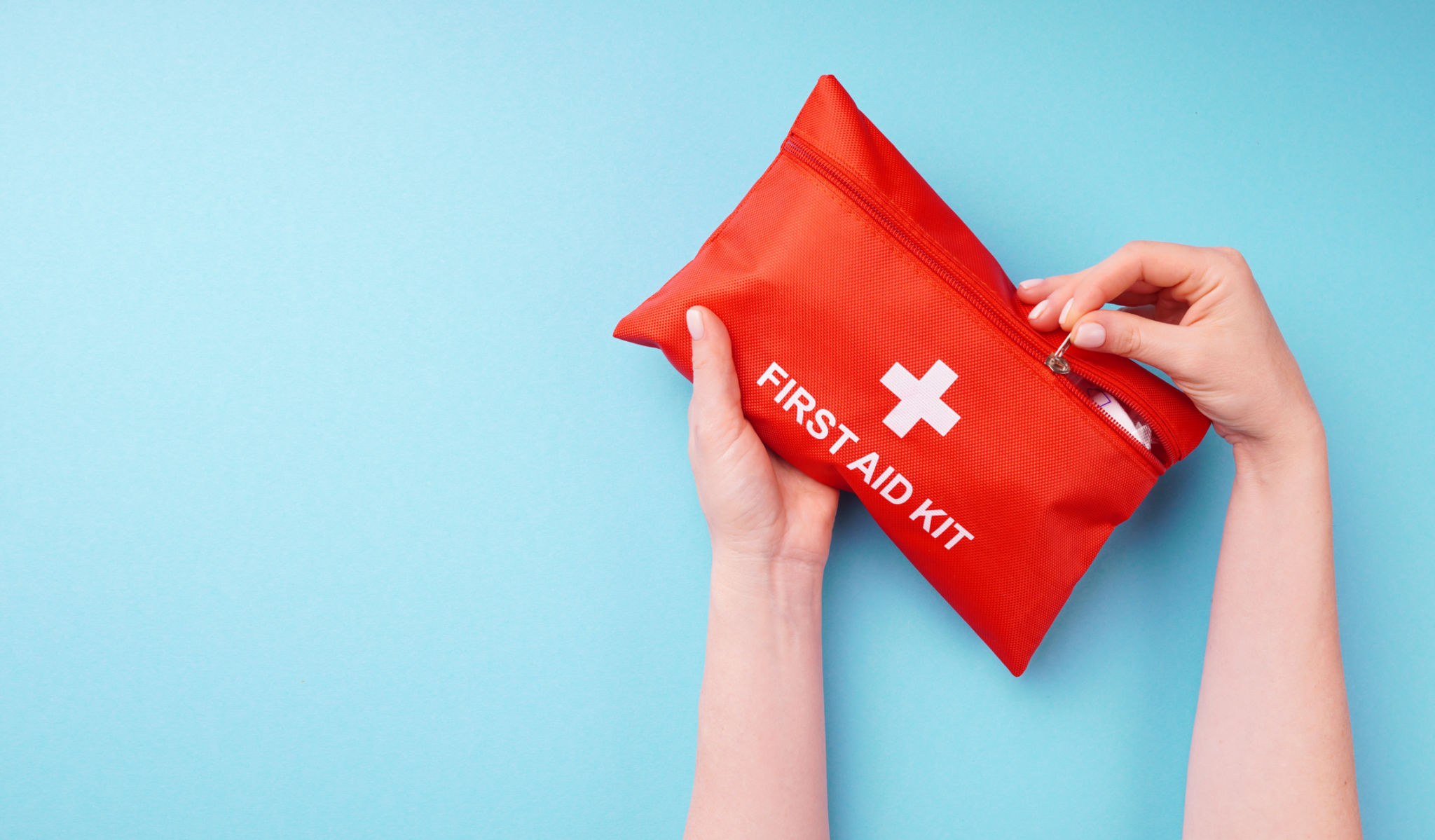Preparing Homes for Winter: Essential Modifications for Senior Safety
Understanding the Importance of Winter Preparations
As winter approaches, it's crucial to ensure our homes are ready to face the colder months, especially when considering the safety and comfort of seniors. The combination of low temperatures, icy surfaces, and increased indoor activity can pose unique risks to older adults. By preparing homes adequately, we can help minimize these hazards and create a safe environment for our senior loved ones.
Whether it’s preventing falls or ensuring warmth, taking a proactive approach can make a significant difference. Implementing some essential modifications can help make homes safer and more comfortable during the winter season.

Improving Indoor Safety
Preventing Slips and Falls
Slips and falls are a common concern during winter, particularly for seniors. Indoors, ensure that all rugs are secured with non-slip pads or removed altogether. Installing grab bars in bathrooms and near staircases can provide additional support. Encourage the use of footwear with good traction to further reduce the risk of falls.
Lighting Enhancements
With shorter daylight hours, adequate lighting becomes even more important. Ensure all indoor areas are well-lit by replacing dim bulbs with brighter LED alternatives. Consider installing nightlights in hallways and bathrooms to guide seniors safely at night.

Maintaining Warmth and Comfort
Optimizing Heating Systems
A reliable heating system is vital for maintaining warmth during the colder months. Have the furnace or heating system serviced before winter to ensure it’s operating efficiently. Consider setting programmable thermostats to maintain consistent temperatures without excessive energy use.
In addition, check windows and doors for drafts, and seal any gaps with weatherstripping or caulk. This simple step can significantly improve insulation and prevent heat loss.

Emergency Preparedness
Assembling an Emergency Kit
Winter storms can sometimes lead to power outages or getting snowed in, so it's wise to have an emergency kit on hand. This kit should include essentials such as flashlights, batteries, non-perishable food, bottled water, and a first-aid kit. Ensure that any necessary medications are also readily accessible.
Creating a Communication Plan
Establishing a reliable communication plan is crucial for seniors living alone. Ensure they have a mobile phone with emergency contacts pre-programmed. Regular check-ins with family members or caregivers can provide peace of mind and ensure assistance is available when needed.

Conclusion
Preparing homes for winter is an essential task that helps ensure the safety and comfort of seniors. By taking steps to prevent falls, ensuring adequate warmth, and being prepared for emergencies, we can create a secure environment for older adults during the colder months. Remember, these modifications not only enhance safety but also contribute to peace of mind for both seniors and their families.